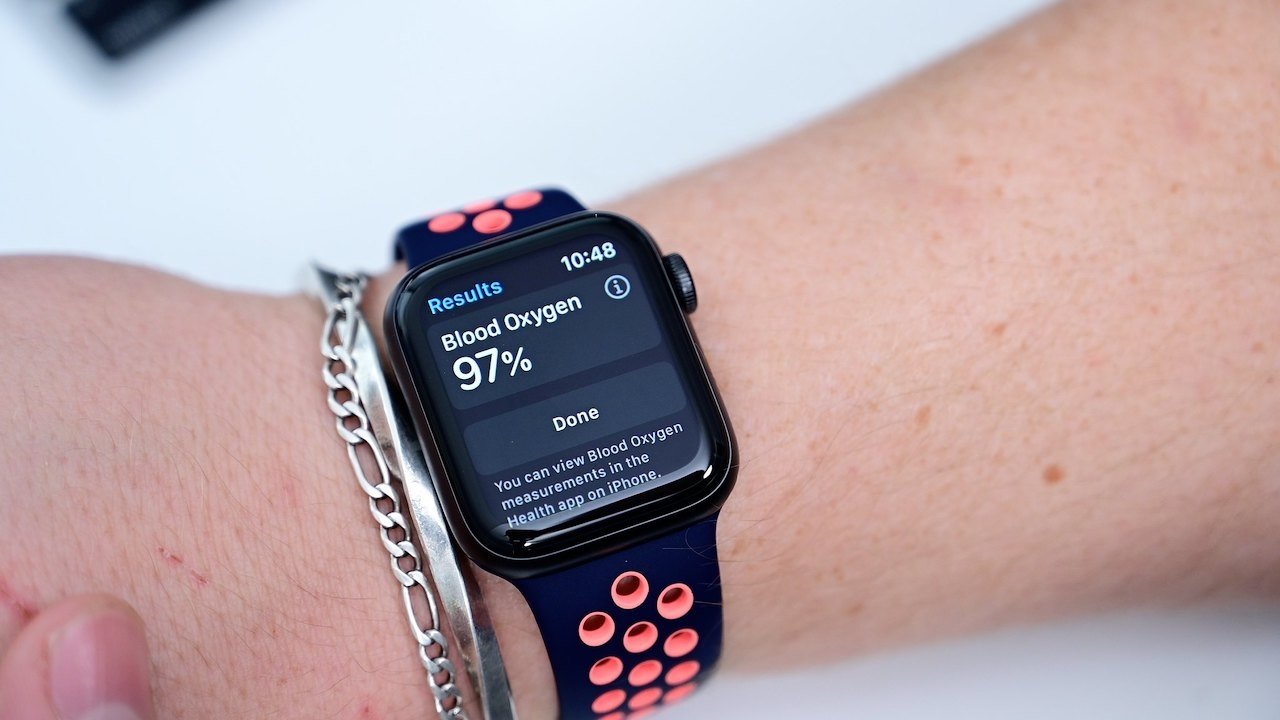New research claims that the Apple Watch has achieved its highest half-year "attach rate," or the percentage of iPhone users who also have an active Watch.
Apple Watch has repeatedly dominated the whole smartwatch industry, having exceeded 100 million active users in Q2 2021.
Now while Apple Watch has seen a lot of variation quarter by quarter, Counterpoint Research says that its half-year result for H1 2022 in North America is its highest attach rate ever. That's the proportion of iPhone users who have an Apple Watch attached.
"Apple Watch reached its highest attach rate in a first half yet in North America, hitting 30%, up from 10% in 2015," a Counterpoint spokesperson told AppleInsider. "Apple Watch revenues compared to iPhone revenues in North America have also been on the rise as Apple Watch becomes more popular."
While the H1 figure is 30%, Counterpoint's full report shows more variation in the quarterly breakdown. For the most recent quarter, Q2 2022, Apple Watch's attach rate was 29% — where for Q1 2022, it was 36%.
Back in Q4, 2020, Counterpoint says it reached as high as 40% attach rate for the quarter. Apple's closest competitor, Samsung, managed 14% in Q3 2021, but in the current quarter is on a 9% attach rate.
The attach rate fluctuates through the year as, for example, new iPhones are released and buyers may not immediately elect to buy an Apple Watch as well.
"While Apple gains a trickle of customers from the Android ecosystem every year, its key smartphone markets have reached or are near saturation," says Counterpoint Research. "This places Apple Watch at the center of Apple's hardware strategy as the company looks for top-line revenue growth."
 William Gallagher
William Gallagher








 Marko Zivkovic
Marko Zivkovic

 Malcolm Owen
Malcolm Owen

 Amber Neely
Amber Neely

 Wesley Hilliard
Wesley Hilliard










27 Comments
A better way to analyze attach rates is using installed bases, not quarterly sales. People buy iPhones and Watches on different timetables
Using those metrics, the attach rate is approx:
150 million Watches / 1.1 billion iPhones = 13.6%